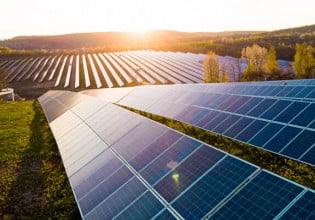Fujitsu Ltd. (Japan) announced that it has made progress in the development of a key component for direct-methanol fuel cells (DMFC), which are viewed as a future power source for portable equipment. The company is the second in as many weeks to announce development of a new membrane that should help lead to smaller and more efficient fuel cells.
The membrane is at the heart of a fuel cell and separates a mixture of water and methanol from a catalyst. A high concentration of methanol to water is desirable because it lengthens running time, but if this concentration is too high fuel can leak across the membrane and be wasted. Many current DMFC prototypes use a membrane that allows a concentration of up to 10 percent methanol to water. Fujitsu's new membrane allows for a concentration of up to 30 percent.
Applied to a prototype fuel cell with 300 mL of 30-percent methanol, the new membrane allows the fuel cell to deliver enough power to run a notebook computer for between 8 and 10 hours. The same fuel cell, using the old membrane and a 10-percent methanol concentration, provided power for one-third the time. By detailing its development work on the new membrane, Fujitsu has also confirmed that it too is working on fuel cell technology. Fujitsu says it has no firm commercialization plan for the technology at present.






